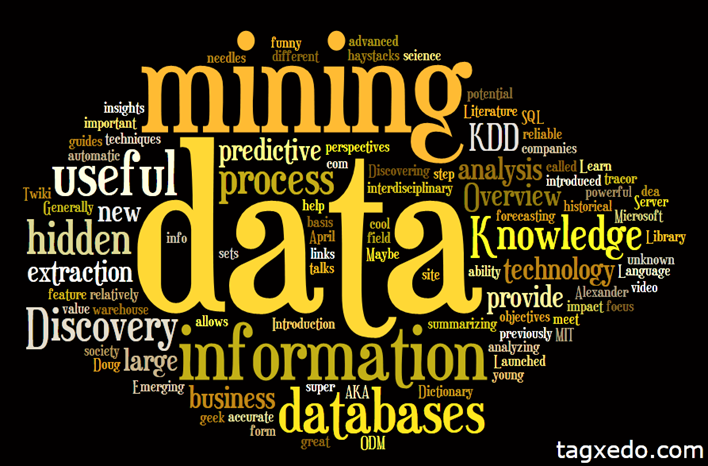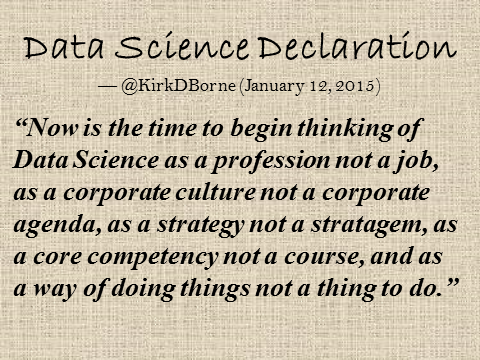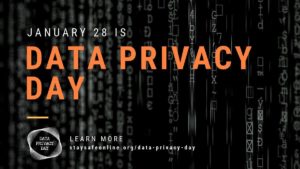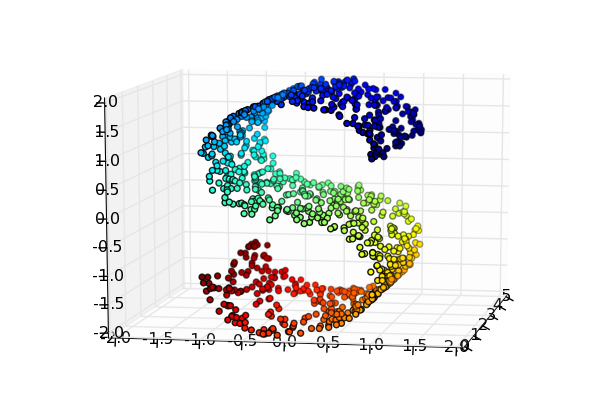I am frequently asked for suggestions regarding academic institutions, professional organizations, or MOOCs that provide Data Science training. The following list will be updated occasionally (LAST UPDATED: 2018 March 29) .
Also, be sure to check out The Definitive Q&A for Aspiring Data Scientists and the story of my journey from Astrophysics to Data Science. If the latter story interests you, then here are a couple of related interviews: “Data Mining at NASA to Teaching Data Science at GMU“, and “Interview with Leading Data Science Expert“.
Here are a few places to check out:
- The Booz Allen Field Guide to Data Science
- Do you have what it takes to be a Data Scientist? (get the Booz Allen Data Science Capability Handbook)
- http://www.thisismetis.com/explore-data-science-online-training (formerly exploredatascience.com at Booz-Allen)
- http://www.thisismetis.com/
- https://www.teamleada.com/
- MapR Academy (offering Free Hadoop, Spark, HBase, Drill, Hive training and certifications at MapR)
- Data Science Apprenticeship at DataScienceCentral.com
- (500+) Colleges and Universities with Data Science Degrees
- List of Machine Learning Certifications and Best Data Science Bootcamps
- NYC Data Science Academy
- NCSU Institute for Advanced Analytics
- Master of Science in Analytics at Bellarmine University
- http://www.districtdatalabs.com/ (District Data Labs)
- http://www.dataschool.io/
- http://www.persontyle.com/school/
- http://www.galvanize.it/education/#classes (formerly Zipfian Academy) includes http://www.galvanizeu.com/ (Data Science, Statistics, Machine Learning, Python)
- https://www.coursera.org/specialization/jhudatascience/1
- https://www.udacity.com/courses#!/data-science
- https://www.udemy.com/courses/Business/Data-and-Analytics/
- http://insightdatascience.com/
- Data Science Master Classes (at Datafloq)
- http://datasciencemasters.org
- http://www.jigsawacademy.com/
- https://intellipaat.com/
- http://www.athenatechacademy.com/ (Hadoop training, and more)
- O’Reilly Media Learning Paths
- http://www.godatadriven.com/training.html
- Courses for Data Pros at Microsoft Virtual Academy
- 18 Resources to Learn Data Science Online (by Simplilearn)
- Learn Everything About Analytics (by AnalyticsVidhya)
- Data Science Masters Degree Programs
Follow Kirk Borne on Twitter @KirkDBorne






